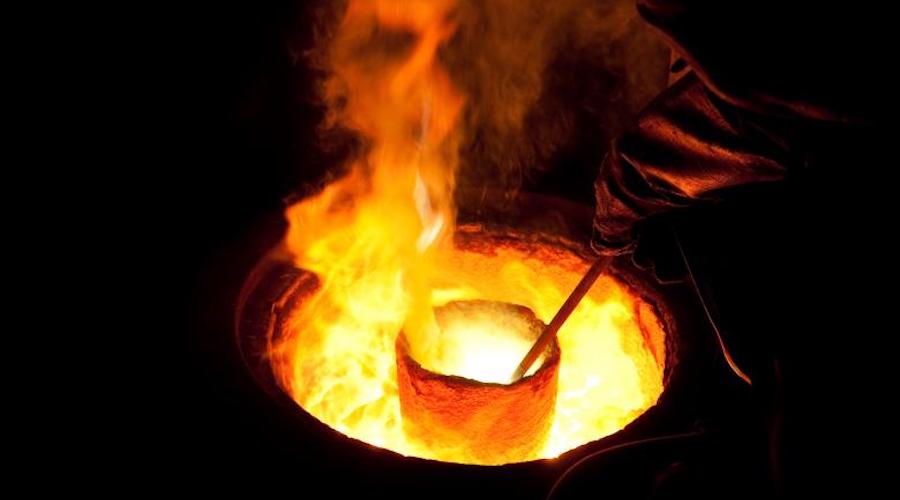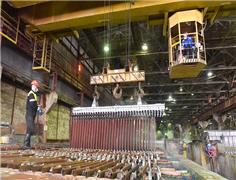- Write by:
-
Friday, April 29, 2022 - 13:52:57
-
695 Visit
-
Print

Mining News Pro - Researchers at Switzerland’s Ecole Polytechnique Federale de Lausanne have developed a low-temperature annealing method that maintains the structure of gold and silver when the two metals are combined in an alloy.
In a paper published in the journal Advanced Materials, the scientists say their discovery will prove useful in the manufacture of contact lenses, holographic optical elements and other optical components since the new alloys reflect the full spectral range.
Gold, silver, copper and aluminum are widely used in the manufacture of optical components because of their reflective properties. Gold, for instance, reflects red light, while silver reflects blue light.
“We realized that, by creating an alloy of gold and silver, we could combine the optical effects of both metals in a single material,” Olivier Martin, co-author of the study, said in a media statement.
Martin explained that, in addition to their role in optical components, the metals are also of interest to scientists who study them at the nanoscale, since nanostructures have a completely different optical response than bulk materials. At this scale, light interacts differently than it would with the same metal in a larger quantity, such as in a gold bar.
However, studying their nanostructures is not easy because conventional gold and silver alloys are fabricated at high temperatures of 800–1,000°C and this process alters the form of the nanostructures.
“Current annealing methods don’t maintain the structure of the two metals,” Martin said.
To get around this problem, Martin and his team set about developing a low-temperature annealing method that would work for any alloy mixture.
The engineers heated both metals to 300°C for eight hours, and then to 450° for a further 30 minutes, successfully producing an alloyed gold-silver thin film.
They discovered that their method maintains the structures of the two metals—and that the new material reflects the full spectral range, depending on its composition.
“Low-temperature annealing produces well-alloyed materials but doesn’t alter the form of the particles. It’s as if we’ve combined the optical properties of gold and silver. Our alloy reflects new colours,” Jeonghyeon Kim, co-author of the study, said.
The research team also experimented with different alloy ratios and noticed that the optical effects changed as they added more gold or silver to the mixture.
In Martin’s view, their method, which could be used to manufacture new optical instruments, also has more everyday applications.
“Our material could find its way onto watch and clock dials, for instance,” the researcher said.
Short Link:
https://www.miningnews.ir/En/News/621180

A Russian arbitration court ruled on Monday that four units of Swiss commodities trader Glencore will pay more than 11.4 ...

The four largest indigenous communities in Chile’s Atacama salt flat suspended dialogue with state-run copper giant ...

A prefeasibility study for Predictive Discovery’s (ASX: PDI) Bankan gold project in Guinea gives it a net present value ...

Chile’s state-run miner Codelco plans to select a partner for a future lithium project in one of the country’s top salt ...

A Native American group has asked all members of a US appeals court on Monday to overturn an earlier ruling that granted ...

Codelco is exploring more partnerships with the private sector as Chile’s state copper behemoth looks to recover from a ...

Representatives from the Peñas Negras Indigenous community, in northwestern Argentina, clashed with heavily armed police ...

The London Metal Exchange (LME) on Saturday banned from its system Russian metal produced on or after April 13 to comply ...

China’s state planner on Friday finalized a rule to set up a domestic coal production reserve system by 2027, aimed at ...
No comments have been posted yet ...